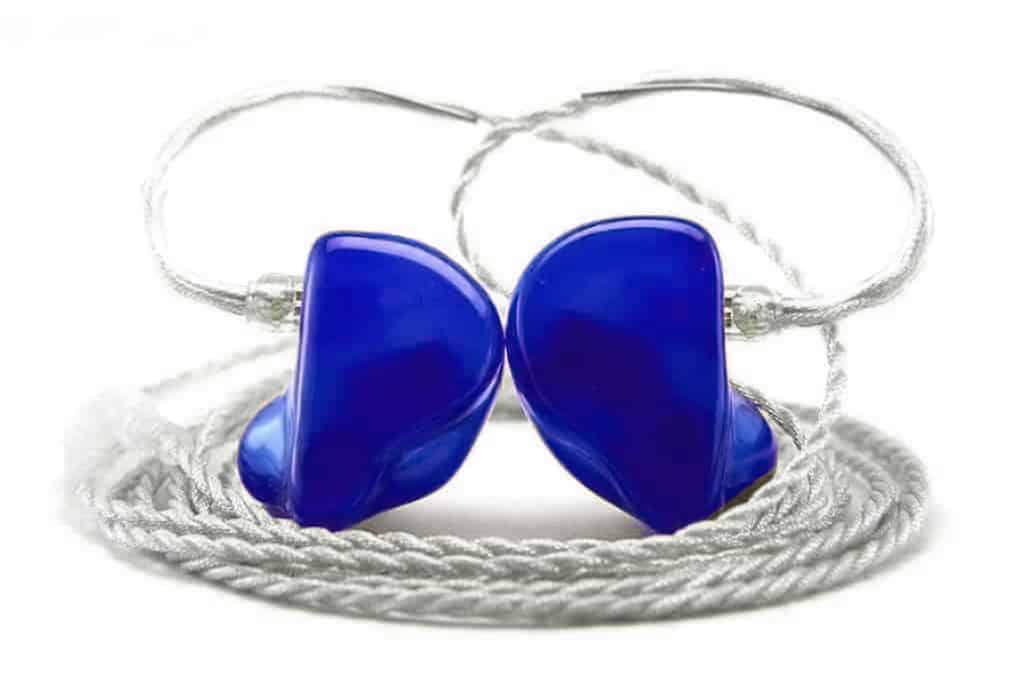Spire Six Driver
SIX DRIVER CUSTOM IN-EAR MONITOR
$899.00
Just like a good instrument has the ability to draw out inspiration and push you beyond your normal capabilities, the Spire six driver will bring out your best in every performance.
The Spire is extremely versatile and sounds amazing on nearly any source. It can be delicate or brutal. Soft and intimate or a wall of sound. The wide sound stage of the Spire six driver and its detail and clarity will inspire nuanced performances. Articulate, punchy lows, and a snappy upper end energize the elements of groove. Whether playing first chair viola or standing at the edge of an arena stage, the Spire six driver brings out you at your very best.
With four drivers dedicated to the low end, the Spire has tremendous headroom. It doesn’t present as “bass-y” but has plenty of low end when it is needed. This makes it ideal as a drum in-ear monitor, bass monitor, or for listeners who have a wide range of musical tastes.
To step up to the ultimate in-ear monitor, check out the RevX ten driver. If you need the same clarity and depth with a bit more balance and easier on the budget, the RSM quad driver is a good alternative.
IDEAL FOR
SOUND SIGNATURE

MONITOR SOUND CHARACTERISTIC DEFINITIONS
LOW END
This describes the amount of low-end the monitor has.
MIDRANGE
This describes the amount of mid-range or middle frequencies the monitor has.
UPPER END
This describes the amount of treble or high-end the monitor has.
HEADROOM
This describes how loud the monitor can be before distorting, and in general, how much bass you can throw at it. For more information, you can read about headroom here: HEADROOM ARTICLE
SOUNDSTAGE
This describes how wide your sound will be and how much you can hear things front to back not just left to right.
CLARITY
Clarity is how clear and detailed the sound is. How can you identify sounds like the type of reverb, mic type, and other detail in music.
CONTOUR
A contoured monitor generally has an elevated low end and/or upper end. The less contour a monitor has, the more balanced it will be.
BALANCE
Balanced monitors are generally flat or accurate. They might have slight elevation in the low end but it will be reflected in the upper end as well.
TECHNICAL SPECIFICATIONS
- Six Balanced Armature Drivers
- Three Way Crossover
- 100 dB sensitivity at 1 kHz (100mV)
- 111 dB sensitivity at Peak (100mV)
- Three Bore
- -26 dB noise reduction
- 18Ω impedance at 1 kHz
MONITOR COMES WITH
SIMILAR MODELS
Just like a good instrument has the ability to draw out inspiration and push you beyond your normal capabilities, the Spire six driver will bring out your best in every performance.
The Spire is extremely versatile and sounds amazing on nearly any source. It can be delicate or brutal. Soft and intimate or a wall of sound. The wide sound stage of the Spire six driver and its detail and clarity will inspire nuanced performances. Articulate, punchy lows, and a snappy upper end energize the elements of groove. Whether playing first chair viola or standing at the edge of an arena stage, the Spire six driver brings out you at your very best.
With four drivers dedicated to the low end, the Spire has tremendous headroom. It doesn’t present as “bass-y” but has plenty of low end when it is needed. This makes it ideal as a drum in-ear monitor, bass monitor, or for listeners who have a wide range of musical tastes.
To step up to the ultimate in-ear monitor, check out the RevX ten driver. If you need the same clarity and depth with a bit more balance and easier on the budget, the RSM quad driver is a good alternative.
Spire Six Driver
SIX DRIVER CUSTOM IN-EAR MONITOR
$899.00
Most performers will find the Spire six driver a perfect fit for their instrument or vocal. It is especially suited for loud stages or musicians who need punchy lows without sacrificing overall balance. An emphasis in the mid-highs let vocals and snare attacks cut through without being brittle.
IDEAL FOR
SOUND SIGNATURE

MONITOR SOUND CHARACTERISTIC DEFINITIONS
LOW END
This describes the amount of low-end the monitor has.
MIDRANGE
This describes the amount of mid-range or middle frequencies the monitor has.
UPPER END
This describes the amount of treble or high-end the monitor has.
HEADROOM
This describes how loud the monitor can be before distorting, and in general, how much bass you can throw at it. For more information, you can read about headroom here: HEADROOM ARTICLE
SOUNDSTAGE
This describes how wide your sound will be and how much you can hear things front to back not just left to right.
CLARITY
Clarity is how clear and detailed the sound is. How can you identify sounds like the type of reverb, mic type, and other detail in music.
CONTOUR
A contoured monitor generally has an elevated low end and/or upper end. The less contour a monitor has, the more balanced it will be.
BALANCE
Balanced monitors are generally flat or accurate. They might have slight elevation in the low end but it will be reflected in the upper end as well.
TECHNICAL SPECIFICATIONS
- Six Balanced Armature Drivers
- Three Way Crossover
- 100 dB sensitivity at 1 kHz (100mV)
- 111 dB sensitivity at Peak (100mV)
- Three Bore
- -26 dB noise reduction
- 18Ω impedance at 1 kHz


